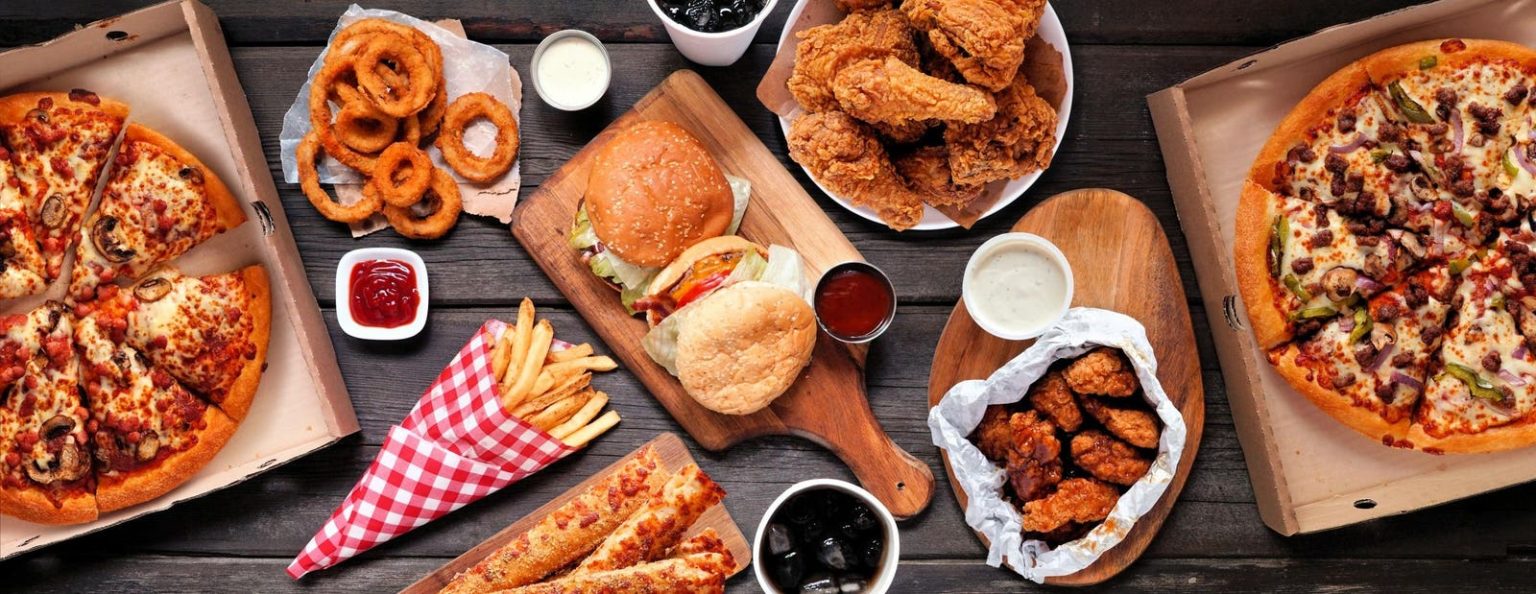The fast-casual and fast-food restaurant industry is a competitive one, requiring a delicate balance between convenience, quality, and price. Creating a standout menu is crucial in attracting customers and keeping them coming back for more. This article delves into the art and science of crafting a menu that represents the brand’s flavors, creates curiosity among consumers, and predicts diners’ cravings before they even know they exist. Incorporating local and seasonal ingredients, blending classic favorites with new flavors, and maintaining a balance between popular items and new dishes are all essential aspects of menu engineering.
Aaron Noveshen, Founder and CEO of Starbird, a fast-casual brand known for its chef-driven, “made from scratch” menu items, shares insights on menu innovation and creating a successful menu. Starbird’s menu innovation is inspired by scratch cooking, with an emphasis on creating flavorful dishes that consumers crave. The brand’s team of chefs invests time in refining and evaluating new menu items before launching them, ensuring that they are unique, on-trend, and delicious. By incorporating scratch cooking techniques and using high-quality ingredients, Starbird sets itself apart from other quick-service restaurants.
Integrating technology into menu design can enhance the customer experience and showcase innovation. Starbird leverages technology in various ways, such as offering mobile ordering through its app and touch-screen kiosks in restaurants. By providing detailed descriptions and images of menu items, customers are influenced to make selections that appeal to them. This approach has led to higher average checks and improved margins for the brand. Additionally, Starbird’s gluten-free crispy chicken recipe has been well-received by customers looking for gluten-free options, showcasing the brand’s commitment to meeting customer preferences and dietary requirements.
Collecting feedback from customers is crucial for refining and enhancing the menu over time. Starbird uses surveys, social media, and in-person feedback tools to gather opinions and track various aspects of the dining experience, such as food quality and service. By analyzing this feedback and integrating it with data from online ordering platforms, the brand can make informed decisions on menu enhancements. Moving forward, the fast-casual and fast-food industry is expected to continue evolving, with a focus on innovation, elevated product offerings, and the use of high-quality ingredients to meet consumers’ changing tastes and demands.
As the industry adapts to changing consumer preferences and demands, agility in menu design, quality, and responsiveness to feedback will be key to success. Fast-casual and fast-food restaurants must continue to innovate and elevate their offerings to stay relevant and competitive. With a commitment to delivering a craveable, simple menu, while also being responsive to customer feedback and market trends, brands like Starbird are poised to lead the way in shaping the future of the fast-casual dining experience.


